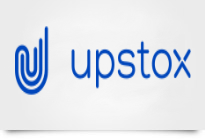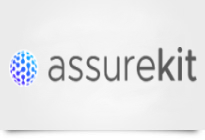Red team assessments are a critical part of any organization’s security program. They help to identify and mitigate vulnerabilities that could be exploited by attackers. However, red teamers can only be as effective as the information they have to work with. That’s why it’s important to use Attack Surface Management and Dark Web Monitoring in conjunction with red team assessments.
Attack Surface Management can help to identify all of the assets that are exposed to the internet. This includes websites, applications, servers, and even cloud-based assets. Dark Web Monitoring can help to identify if any of these assets have been compromised or are being advertised for sale on the dark web.
By combining Attack Surface Management and Dark Web Monitoring with red team assessments, organizations can get a comprehensive view of their attack surface. This information can be used to prioritize remediation efforts and focus red team activities on the most critical vulnerabilities.
How Attack Surface Management Can Help Red Team Assessments
Attack Surface Management can help red team assessments in a number of ways:
- It can identify all of the assets that are exposed to the internet. This helps red teamers to focus their efforts on the most critical assets.
- It can provide information about the vulnerabilities that exist on these assets. This helps red teamers to develop realistic attack scenarios.
- It can track changes to the attack surface over time. This helps red teamers to identify new vulnerabilities and threats.
How Dark Web Monitoring Can Help Red Team Assessments
Dark Web Monitoring can help red team assessments in a number of ways:
- It can identify if any of the organization’s assets have been compromised. This helps red teamers to focus their efforts on remediating these vulnerabilities.
- It can identify if any of the organization’s assets are being advertised for sale on the dark web. This information can be used to identify and track attackers.
- It can provide information about the attackers who are targeting the organization. This helps red teamers to develop realistic attack scenarios.
Conclusion
By combining Attack Surface Management and Dark Web Monitoring with red team assessments, organizations can get a comprehensive view of their attack surface and take steps to mitigate the risks. This is essential for protecting against today’s sophisticated cyber threats.
In addition to Attack Surface Management and Dark Web Monitoring, there are a number of other tools and techniques that can be used to improve the effectiveness of red team assessments. These include:
- Social engineering testing
- Physical security assessments
- Penetration testing
- Code review
- Vulnerability scanning
By using a combination of these tools and techniques, organizations can get a holistic view of their security posture and take steps to improve it.











